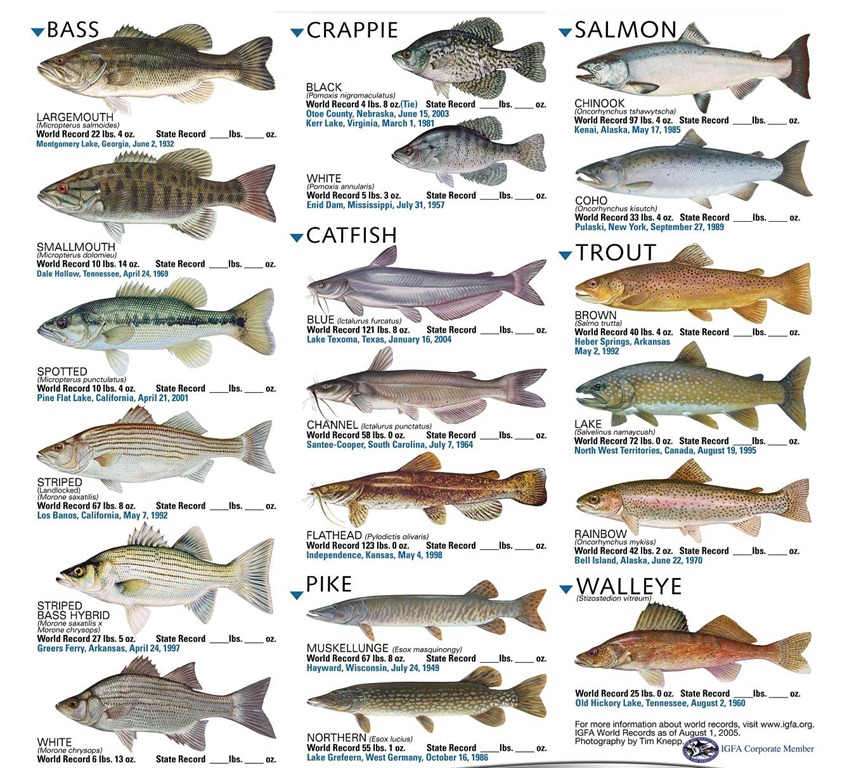
I imagine the EPA is working feverishly on their final ruling for the Clean Power Plan (proposed under the Clean Air Act), due this June. Meanwhile, many states and one prominent company, Murray Energy, are digging in to do legal battle for decades to come, possibly. The “possibly” part of that would occur if the Clean Power Plan is upheld by the courts. That will result in endless litigation. If it is thrown out, the federal government may have to actually pass laws for once – you know, the political process.
Here is the problem with the Clean Air Act: it is foggy and nebulous and it has many nooks, crannies, and wormholes for the EPA to do whatever it wants. Why 30% by 2030 and why did it take 45 years to get here? I would encourage readers to read the statute, in particular section 111 and 112 at Cornell Law School’s website to get this flavor.
The Clean Air Act should work like the federal government is supposed to work: congress makes the laws, including specific regulations, and the administrative branch, to which the EPA reports, enforces the laws. Instead, congress passes nothing and the enforcement agencies declare their own laws, essentially – this begets lawsuits.
For example, the current Mercury and Air Toxics Standards (MATS) is fraught with extreme assumptions and weak benefit/cost ratios:
- Twenty one percent of pregnant women in Minnesota, and six percent nationally, eat six pounds of lake fish per week, because they have to, or they would go hungry. That is one big slab of Northern Pike every day! Due to possession limits of fish, this would be quite difficult to manage. “I can’t make your soccer game honey. I need to catch dinner and spin some cotton into yarn. Winter’s a comin’, ya know.”
- The average American eats five ounces of ocean and lake fish per week. The EPA even recommends pregnant women limit themselves to 12 ounces per week.
- The law requires power plants, which emit 0.3% of global mercury emissions, to reduce emissions by 75%.
- Gorging on lake fish to this level reduces a child’s IQ by an average of 0.009 point; note IQ tests are accurate to plus or minus 5.0 points.
- This reduces the child’s earning power by $1000-$2000 over the course of their life.
- The cost/benefit ratio: 1600:1.
These data were provided by an attorney and published in The Wall Street Journal.
Ok. I’ve learned a few things over the years and one of them is people like to pick their facts and embellish things. So, I would wait for a response from the EPA.
True to form, a couple days later, the EPA (Janet McCabe) responds. Her response is telling. She refutes none of the numbers, and instead speaks of the dangers and unspecified risks of mercury, with which no one disagrees. My conclusion: the attorney’s numbers were right.
As a result of MATS, Michigan, as one example, has been shuttering coal-fired power plants rapidly, and the utilities are pleading with lawmakers that they face a shortfall of as much as 3 GW next year. That would be about six typical coal plants – enormous capacity.
What do utilities and regional transmission organizations think about the impact of the Clean Power Plan on reliability? The New York Independent System Operator is concerned about shortfalls because the state relies on fuel oil and lacks natural gas supply – all the more ironic that the state has banned the harvest of bazillions of cubic feet of natural gas under their noses.
John Bear, chief executive of the Midcontinent Independent System Operator, which manages the power grid for an enormous swath of North America, says “The Clean Power Plan will cause reliability problems for us.” Electric Reliability Council of Texas (ERCOT) economists believe some Texas power plants will fail financially in the state’s deregulated market, and the overall reliability of the state’s power grid will suffer.
Ameren’s CEO, Warner Baxter, writes that according to the plan, 39 states must achieve 50% or more of their 2030 target by 2020. He states it takes years to site, permit, and build a natural gas plant (true). To come online by 2020, a new plant would need to be developed and permitted in 2017 (not going to happen). Furthermore, natural gas pipeline capacity is not sufficient to meet these demands.
Wisconsin is the most recent state to join a group of 13 other states to sue the federal government over the plan, which isn’t even final yet.
More boldly, Kenneth Hill, a director with the Tennessee Regulatory Authority, is urging states to refuse to comply with the plan. The Clean Power Plan promotes state development of their own plans. Plan B (pun alert) is let the feds do it. By refusing to comply, plan B would be invoked. Mr. Hill dares the feds to step in and take ownership. It would be fraught with legal/constitutional challenges as well as being political kryptonite. He says that when states comply, they will succumb to mother-may-I going forward. In addition, states and utilities would take the brunt of the stuff that hits the fan down the line, like uh, darkness and high prices.
Once the plan is finalized in June, the unemployment rate for attorneys will plummet. Expect the gloves to come off this summer.





